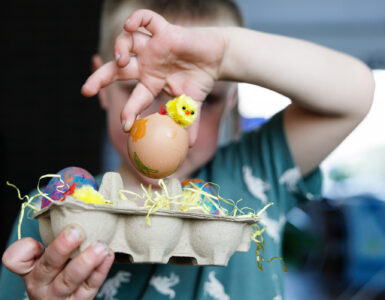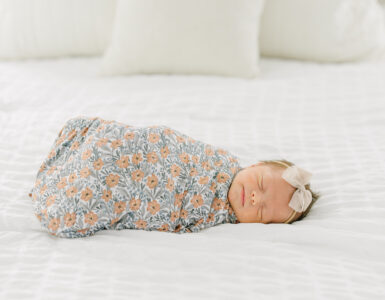Those day-to-day snapshots are an important way to document memories
and history. So, when was the last time you were in one?
Photographer Brooke Snow is passionate about the art of self-portraiture.
She shares tips on how – and why! – moms should step in front of the
camera more.
It was frustration that eventually led me to self-portraiture. Frustration and
jealousy! I was excited about the images that I was creating both
professionally, and personally, and kept telling my family “Do you know
how lucky you are?! You can get fabulous images of you and your family
compliments of me!”
But who was there to photograph me and my own family?
The challenge wasn’t so much about not being willing to pay someone (I
totally believe in hiring a pro for yearly portraits), it was more the
frustration of the everyday things that happen. My heart is drawn to
lifestyle photography and the storytelling power of photographing everyday
life. I’m not going to have access to another professional every time we
have a family gathering, go on a family adventure, or I just plain took the
the time to get ready and put on a new dress for no special reason!
As I’ve come closer and closer to knowing who I am as a photographer and
how I uniquely see the world, this longing has only increased – the longing
to not just document how I see other people and their life and
relationships, but how I personally see my own life.
My view of my family, my relationships, and even myself, will not be the
same view as someone else. This isn’t to say another person’s perspective
doesn’t have as much value, it’s just going to be different. And there is
something deeply rewarding and enlightening behind uncovering your own
vision of yourself and your family. After all, you know these relationships
better than anyone.
Self-portraiture, for me, is loosely defined as any image that:
1. I create a vision for
2. That I’m in.
I don’t care if someone else pushes the shutter button, or if other people
are present in the photograph. Those two things alone should be
considered an achievement!
Creating a Vision
This aspect of self-portraiture is the most opportune for growing as a
photographer. Because you will be in front of the camera you must begin
with some type of visualization of what you want an image to look like
before you take it or set it up. This very exercise alone can be one of the
most progressive experiences in developing your vision for when you shoot
behind the lens! If you are practiced at having an image in mind previous to
shooting and making it happen, you grow in developing a personal style,
your creativity increases, and you are far more likely to be satisfied with
your work because you know if you met your goal.
My eye for composition has also further developed by exploring self-
portraiture. If I am shooting by myself, I seem to slow down more and
notice any possible distractions as well as look for any strong composition
elements within the environment that will draw the eye. I’m not distracted
by already having a subject within the frame, so I learn to pay greater
attention to everything else included.
Getting in the Shot
Getting in your images is helpful with a few handy tools.
1. A tripod. I never thought that I would love having a tripod
since I
typically don’t use one when shooting professionally. But it has become
invaluable to my self-portraiture being a positive experience and less
frustrating.
2. A timer. One of my favorite features on my Nikon D7000
camera is
the multiple shot timer feature. It allows me to set the timer for up to 9
shots at a time. This is so helpful in preventing the amount of times I have
to run back and set the camera to fire again. It also helps me get a
sequence of images, which has been invaluable to my vision of lifestyle
images and capturing true interaction with me and my son. I can set up my
composition, set the camera to fire a series of shots and simply interact
and have a real experience instead of a staged one.
3. A remote. A remote can save you several trips back to the
camera as
well. I prefer this method for something less action oriented and less
interactive.
4. 4. Manual Focusing. The most common technical challenge I
face is
focusing the image when I’m not actually in it! When other people are
present I focus on them or have someone step into place of where I will be
to focus the shot.
If I’m shooting alone I try to find something in the environment to place on
the same focal plane of where I will be (a bucket, a jacket, something I can
easily toss as soon as I run in!), set the focus on the temporary object with
auto focus and quickly switch the lens to manual focus to make sure the
focus is locked in place.
Self-portraiture can be a wonderful tool to help you grow as a
photographer in developing your vision, improving your composition, and
not to mention what a fun surprise it is to see what the image actually
looks like! Playing both roles of photographer and subject is a challenge,
but the payoff is well worth the effort.















Add comment